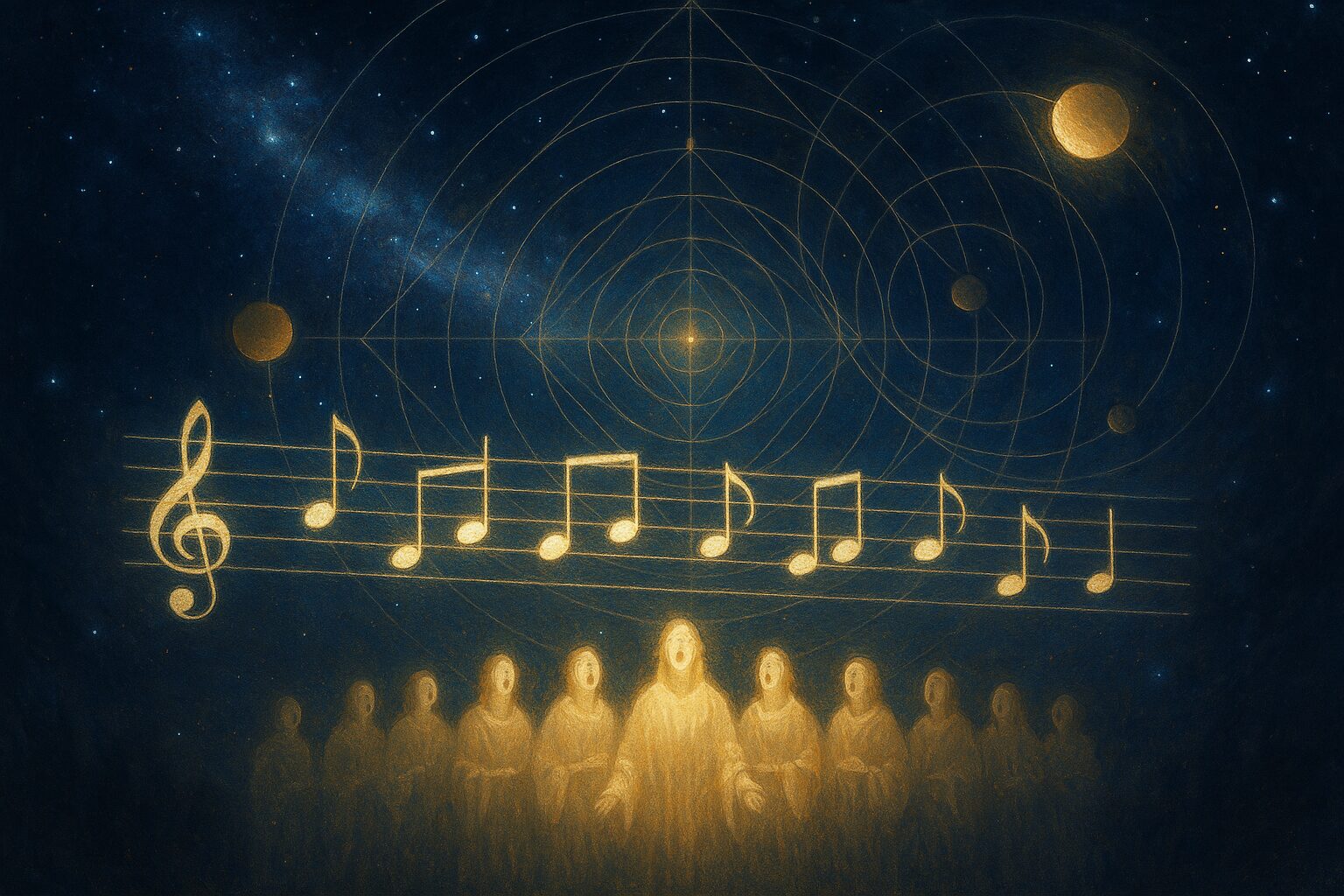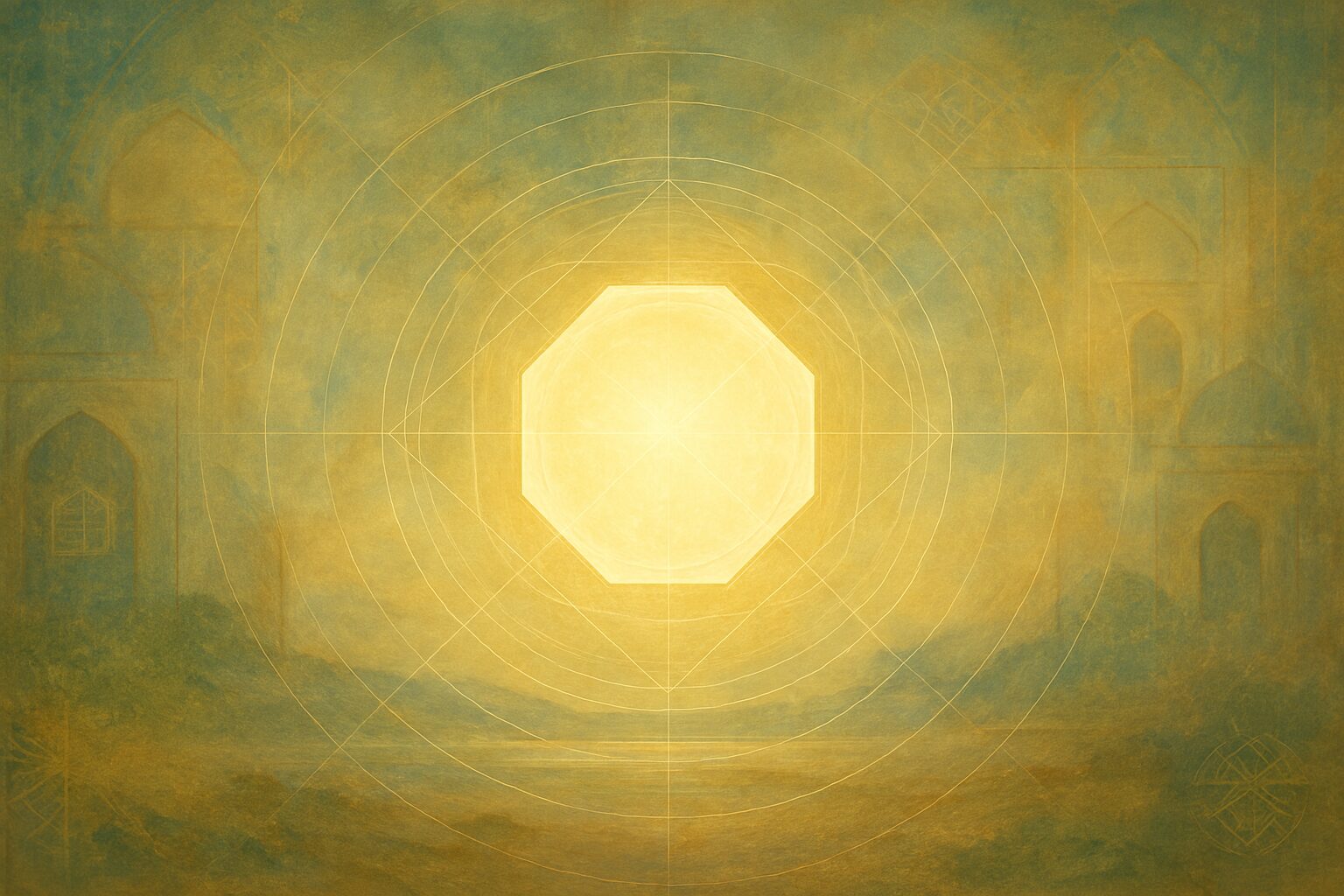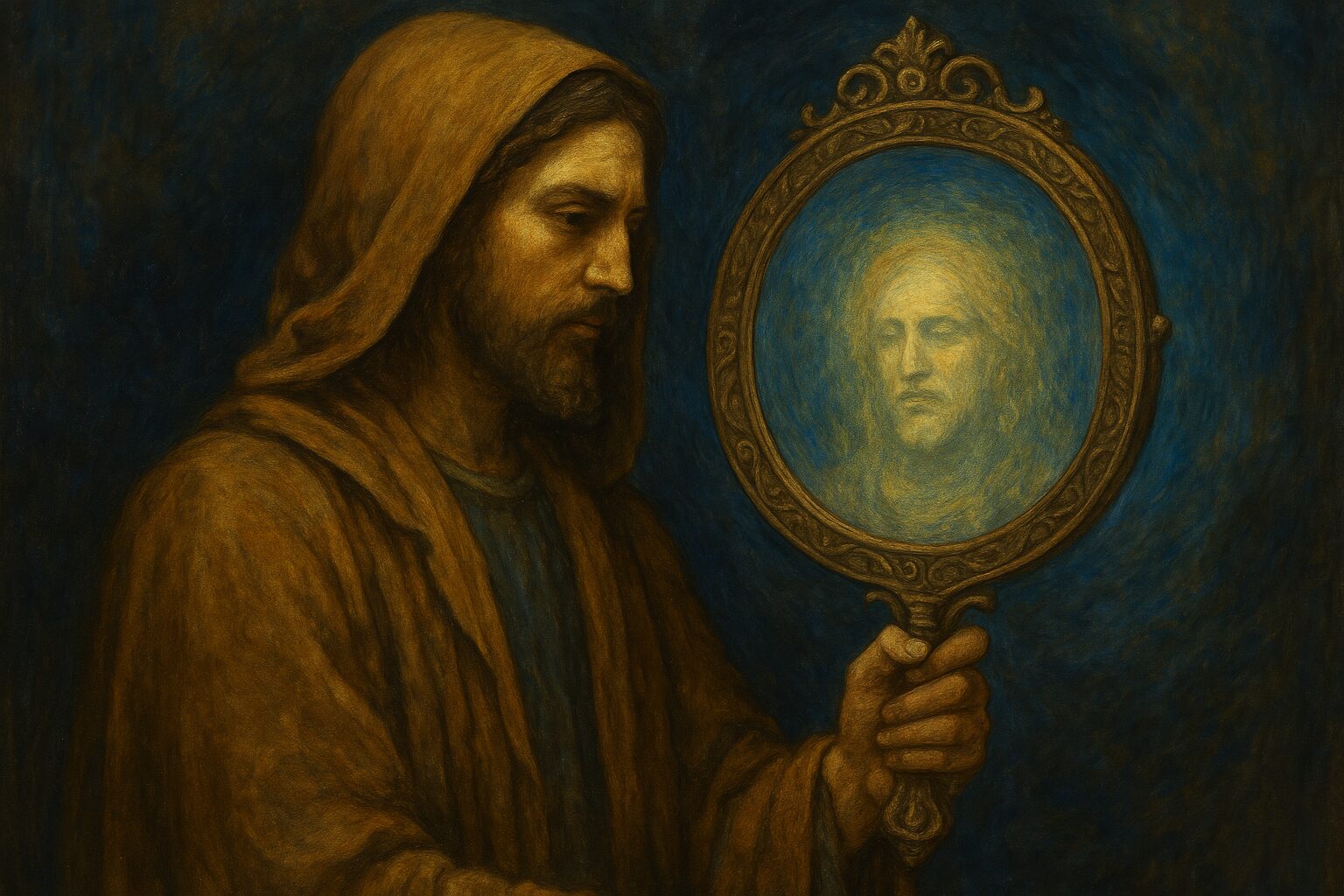“Time is not simply the passing of moments, but the dance of memory and meaning.”
— ZionMag
I. Chronos and Kairos
There are two times: Chronos, the measured tick of the world; and Kairos, the divine moment, the crack in the mundane where eternity speaks.
The modern world runs on Chronos — calendars, deadlines, mechanical time. But the mystic, the monk, the artist, the initiate — they seek something deeper: a time not told, but entered. A sacred tempo that pulses through the seasons, the body, the cosmos. A rhythm that remembers eternity.
II. The Geometry of Liturgical Time
Liturgical calendars are not linear progressions — they are spirals, orbits of grace. Advent does not lead away from the past but returns us, enriched. Passover is not a commemoration but a participation. These sacred cycles map human time to divine rhythm.
We do not move through time. Time moves through us.
The monks of ancient deserts understood this. They kept the hours not to regulate, but to resonate — their prayer lives aligned with light and breath, not efficiency. The day was not divided but consecrated.
III. Tech-Time and the Collapse of Kairos
Today, we live under the tyranny of notification. Phones buzz not with prophecy, but with distraction. Our time has been flattened — from soul to scroll.
But mystics throughout time have resisted this collapse. The Desert Fathers, the Sufis, the Tantric adepts, the Hasidic mystics — all developed ways of bending time, entering sacred pauses, rekindling awareness.
To live mystically is to rebel against chronometric reductionism.
IV. Circles Within Circles: The Spiral Path
Mystical traditions often encode time as a spiral:
- In Kabbalah, the sefirot pulse in cycles of emanation
- In alchemy, transmutation follows the spiral of the soul
- In Tarot, the Fool moves through archetypal recurrence
- In nature, nothing moves in a straight line: shells, galaxies, whirlpools — all spin
The spiral reminds us that we return not to repeat, but to deepen.
V. Toward Sacred Timekeeping
To reclaim Kairos in a digital world is an act of devotion.
It means creating ritual boundaries: waking and sleeping with intention, returning to seasons, honoring moon phases, praying the hours, resting on the seventh day — not as law, but as synchronization with the Divine Clock.
The world may run on Chronos. But your soul can spiral in liturgical defiance.



